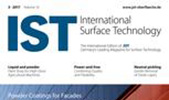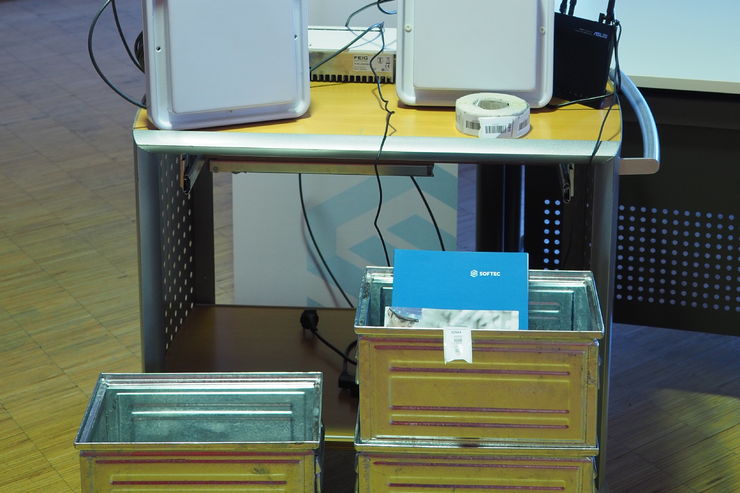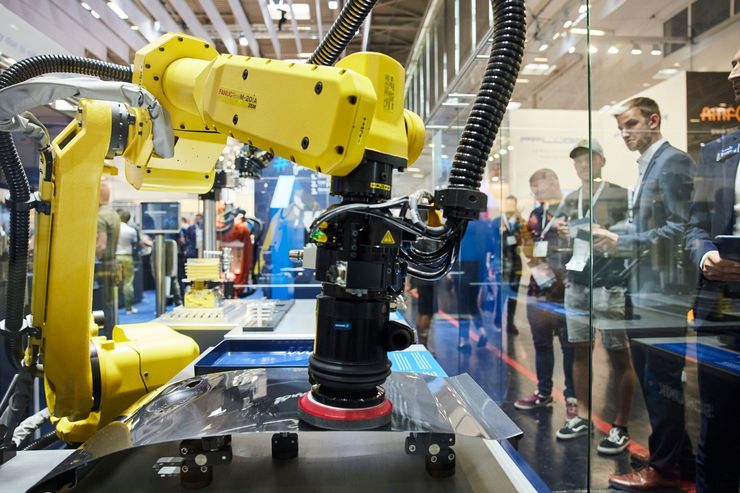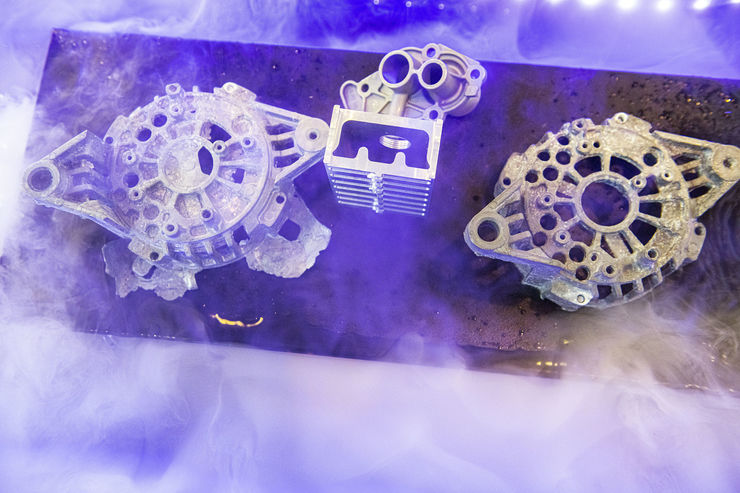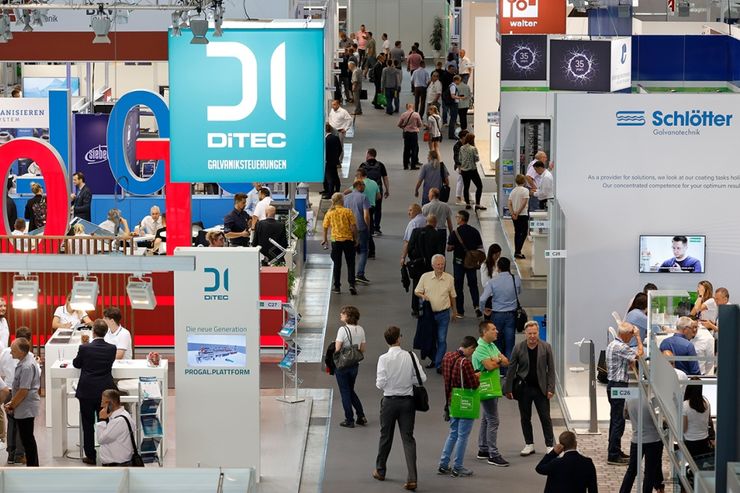"Radio frequency identification, or RFID for short, enables the location of objects to be tracked using transponders, antennas and readers. In retail, for example, the system is a common method for securing merchandise. But for surface finishers, large quantities of metal prevented the use of RFID for a long time. The metal interferes with the radio link between the transponder and the antenna, which prevents reliable transmission of the signal. Grid boxes are also made of metal and are therefore a source of interference - but it is precisely these containers that need to be traceable. The solution is simple but efficient: the transponders must not be attached directly to the containers. A plastic folder provides the necessary distance between the metal and the transponder so that the radio connection remains undisturbed. In addition, the folder serves as a repository for relevant information about the order. To track the location of containers, the transponders must be read. So-called "gates" are used for this purpose - stations with two antennas each at transition points that must be passed. It is therefore particularly important to determine where these points are located during operation. For example, entrances and exits of halls can be equipped with antennas, but also transitions to the warehouse. The finer the coverage by appropriate antennas, the more accurate the location determination.
Connection to an ERP system
The antennas are installed, containers are equipped with transponders. When one or more transponders pass through a gate - on a forklift truck, for example – the antennas read the data and send it to an RFID reader. This process runs automatically as the vehicle passes by. Various information can be stored in the transponders, such as an order number. To make this information available to employees, it is forwarded to the company's ERP system. In the ERP system, the transponder data is linked to the order data. If a customer asks for his goods, employees can simply call up the corresponding order data. The location of the containers that belong to the order is logged there. Within just a few clicks, employees know where the goods are located and can use this information to give customers an estimate of the delivery date.
The complete article was published in German in the May/June issue of JOT.
Autor(en): Softec AG

